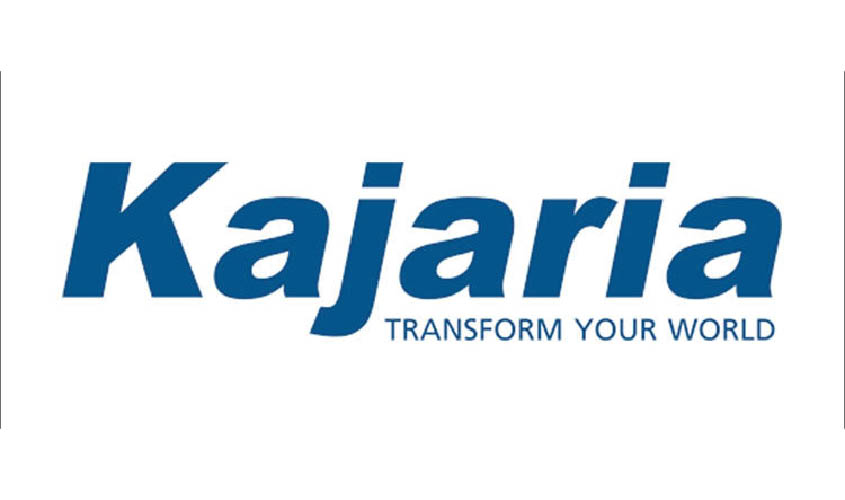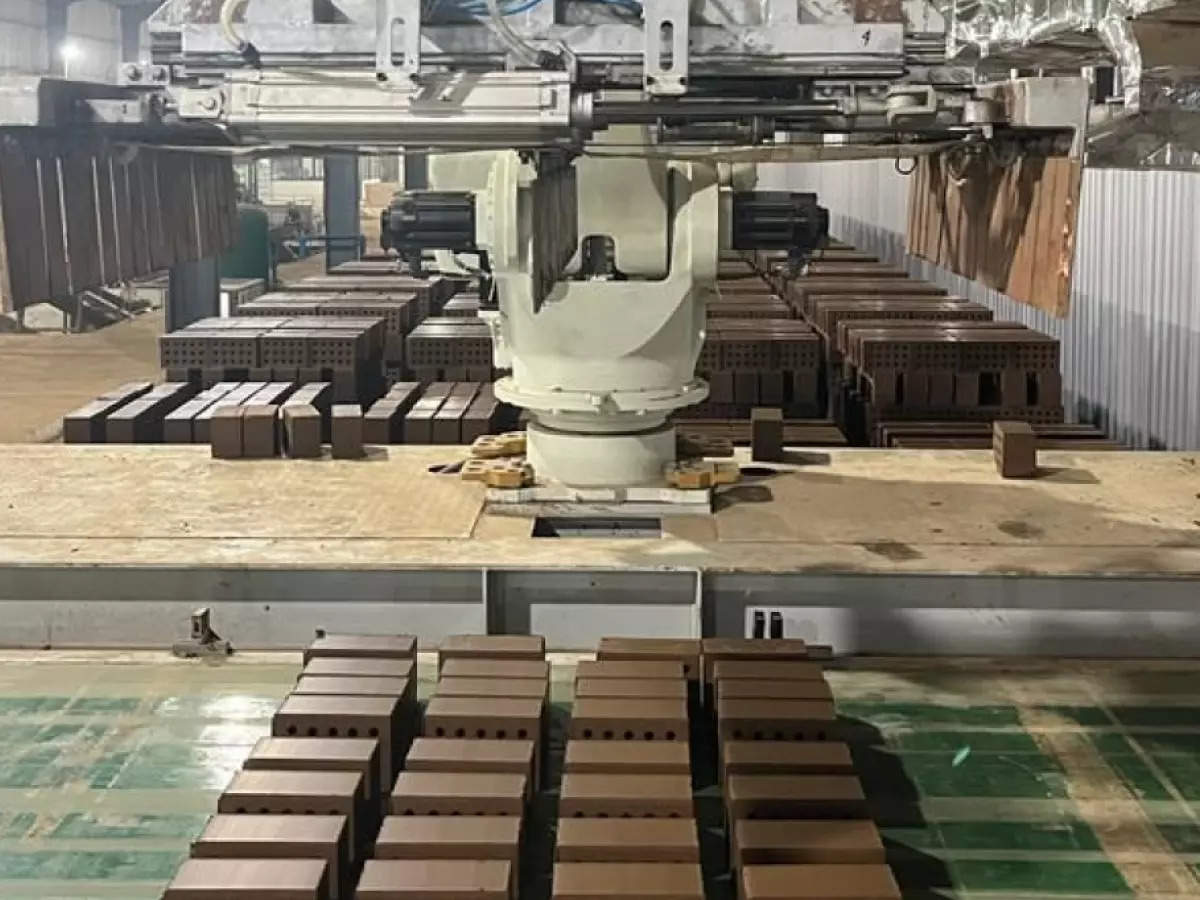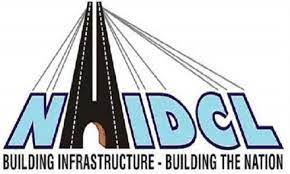E - PAPER
Tata Steel Looks At Acquisitions To Ramp Up India Business
Tata Steel Ltd. will continue to look for acquisitions to increase capacity making it the largest steelmaker in the world’s fastest growing economy. The steelmaker is planning to raise its India capacity to 30 million tonnes per annum by 2025 from 13 MTPA. Its existing projects will help increase
 BY
admin
BY
admin
Published - Friday, 30 Nov, 2018

Tata Steel Ltd. will continue to look for acquisitions to increase capacity making it the largest steelmaker in the world’s fastest growing economy.
The steelmaker is planning to raise its India capacity to 30 million tonnes per annum by 2025 from 13 MTPA. Its existing projects will help increase capacity to 24.6 MTPA by 2022 and the remaining 5.4 MTPA is expected to come through mergers and acquisitions, Chief Executive Officer and Managing Director TV Narendran said in an analyst meet.
Stressed steelmakers facing insolvency proceedings aided its expansion plans. In May, Tata Steel made its biggest purchase since acquiring Britain’s Corus Group Plc by buying Bhushan Steel Ltd. The steelmaker in September acquired smaller peer Usha Martin Ltd. as it looks to double capacity by 2022. It’s also planning to expand its Kalinganagar, Odisha unit. That’s when the company offloaded assets in the U.K.—a legacy of its troubled Corus buyout—and combined its European business with the steel arm of Germany’s Thyssenkrupp AG.
Tata Steel’s overseas operations will contribute about 7 percent to the consolidated business compared to 44 percent now, Narendran said. “The company aims at consolidating India leadership position with organic and inorganic expansions.”
The company, however, said it’s not keen to match the higher bid of JSW Steel Ltd. for the Bhushan Power asset. Narendran said the focus of the company will be to deleverage.
Goldman Sachs analyst Indrajit Agarwal said investors are concerned about the high debt levels of the company at a time the gap between domestic and international steel prices are narrowing.
Pallav Agarwal of Antique Broking said the short-term demand could be impacted by liquidity concerns while uncertainty due to global trade tensions are weighing on international prices.
Tata Steel said it’s aiming at a Rs 27,000-crore debt reduction and a peak debt of Rs 95,000 crore by financial year 2019-20. This will be aided by the completion of the European joint venture and sale of certain non-core assets, Narendran said, adding the focus remains on sourcing its capex from internal accruals and not increasing the gross debt.
But Citi analyst Raashi Chopra said the management is not unduly worried about the China steel price correction as exports out of China have been largely stable.
RELATED STORY VIEW MORE
NEWS LETTER
Subscribe for our news letter
E - PAPER
-

CURRENT MONTH 
LAST MONTH















